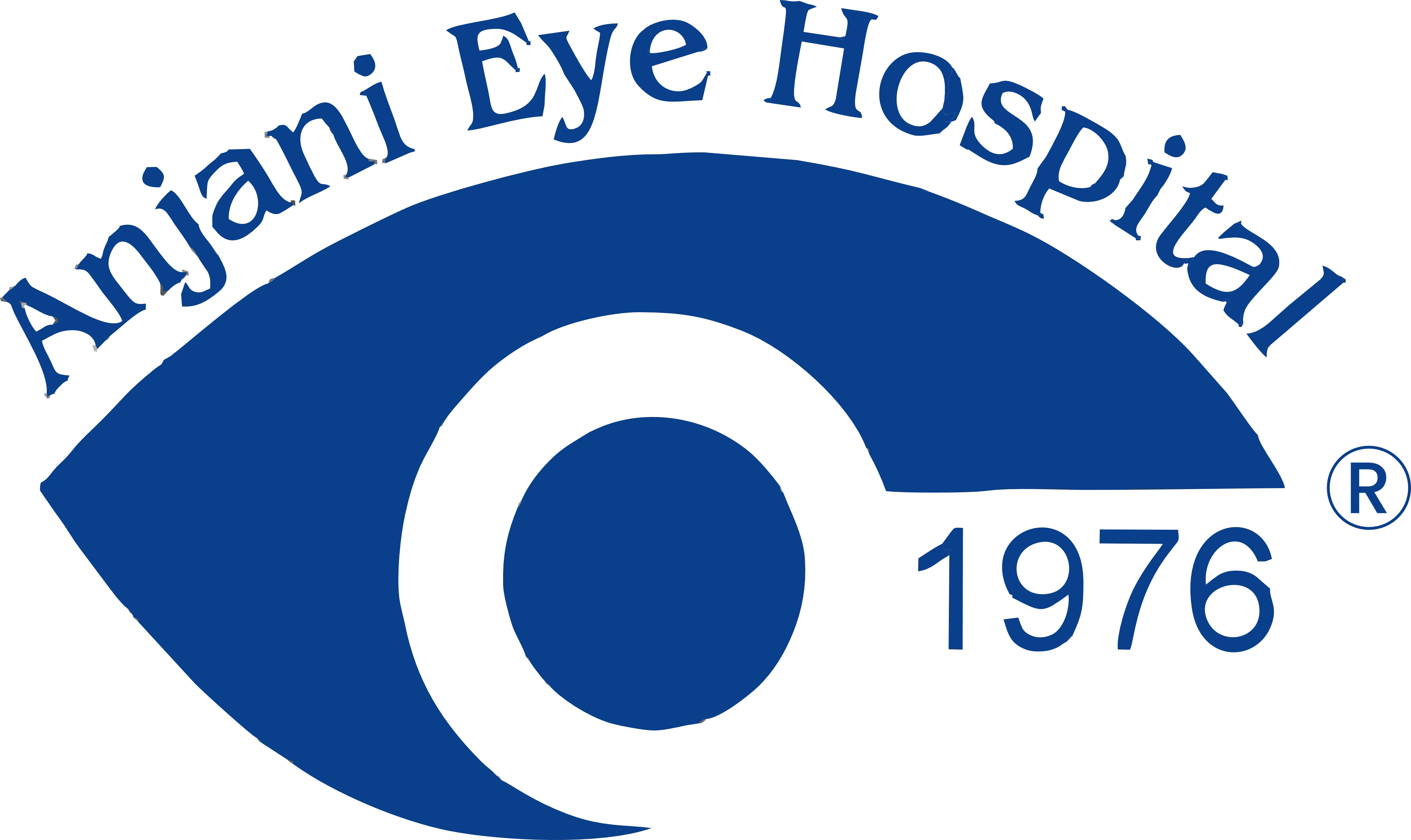Refractive Surgeries (LASIK, PRK...)
What is Refractive Surgery?
Refractive Surgeries are various surgical procedures done to get rid of glasses or correction of the refractive errors (myopia, hyperopia, and astigmatism). Patients should be at least 18-20 years of age with a stable (unchanged) refraction (spectacles power) for at least a year are best suited for this procedure. These surgical procedures include:
- 1. LASIK (Laser-Assisted In-Situ Keratomileusis)
Depending on various diagnostic tests done on the patient’s eye, the doctor decides which surgical procedure is suitable for a particular patient.
LASIK (Laser-Assisted In-Situ Keratomileusis)
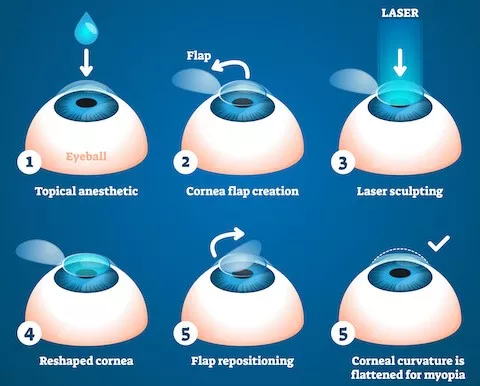
This is an advanced laser vision correction technique in which the curvature of the cornea is reshaped using a laser that is capable of removing tissues with precision. LASIK is preferred by those who find spectacles visually unacceptable, those who are intolerant to lenses, those who would like to participate in outdoor sports or opt for professions demanding excellent uncorrected vision. However, though doctors strive to make the refractive error zero after LASIK, this may not be always possible. The main purpose of surgery is to reduce the dependency upon glasses for the patient as much as possible. Some of the possible side effects of LASIK are under correction, overcorrection, glare, halos, and reduced contrast sensitivity. Therefore, patients must have a detailed eye examination before surgery, followed by a realistic discussion with the surgeon on the expected outcome of surgery.
Myopia or short-sightedness occurs when light rays are focused in front of the retina causing blurred vision, particularly when viewing distant objects. Objects that are near may be seen clearly, but not those that are far away. Myopia is often hereditary, usually due to an abnormally large eyeball or steeply curved cornea. Hyperopia or far-sightedness is the opposite condition of myopia, where the light rays converge at a point beyond the retina. Initially objects that are near seem blurred, though distance vision remains clear. However, with age, objects at all distances become blurred. Astigmatism is an irregularity in the shape of the normally spherical cornea. The cornea is shaped like an egg or the back of a spoon, causing distortion of both distant and near vision.
Who would prefer LASIK surgery for their eyes?
- Those who do not want to wear spectacles or contact lenses.
- Those who feel visually and socially restricted by spectacles or contact lenses
- Those who are intolerant to contact lenses.
- Those who want to participate in certain outdoor sports where using spectacles or contact lenses may be a problem.
- Those who plan to join certain professions wherein excellent uncorrected visual acuity is a prerequisite.
Who can undergo LASIK procedure?
- Those patients whose spectacle prescription does not have a significant change for the past 12 months.
- Those who do not have any ocular surface abnormality such as dry eyes.
- Those patients whose cornea is adequately thick and whose corneal curvature is suitable to be operated upon.
What tests are performed before LASIK?
At Anjani Eye Hospital, a patient willing to undergo LASIK / Refractive Surgery undergoes a thorough eye examination including refraction, general eye examination with slit lamp and dilated retinal examination. After these basic tests, the patient undergoes evaluation of corneal thickness, corneal curvature, optical aberrations etc. using state-of-the-art diagnostic equipment. These reports are studied by the LASIK surgeon before making a final decision, in consultation with the patient.
What to expect during LASIK Surgery?
At Anjani Eye Hospital, LASIK procedure is done on an out-patient basis, meaning you go home immediately after surgery. It is advisable, that a relative or friend, who can take you home after the surgery, should accompany you. The procedure is performed under topical anesthesia. You will be made to lie down on a couch and asked to look up at the microscope where you will see a blinking green light. When the suction ring is applied, your vision will fade out. You will start seeing the light again after the suction ring is removed. The whole procedure will be over in a few minutes. Usually, there is no pain during the procedure.
What to expect after surgery?
Once surgery is over your eye will be covered with a pair of protective glasses after the administration of some drops and ointment. You can return home immediately. You may experience pain for the first 24 to 36 hours, for which you will have to take oral analgesics. You will have to come for follow up visits from the very next day onwards. The routine follow up schedule is as follows:
- First check-up in the morning after surgery
- Seven days from the date of first check-up
- Six weeks from the date of surgery
- Three months from the date of surgery
- One year from the date of surgery
You will undergo tests at each visit to the hospital aimed at assessing your visual acuity. It is important that you visit the doctor as scheduled on every appointment. You will be advised to use eye drops or other medication during the post-operative period.
When will you know the result of the procedure?
- Your vision will become clear over a few days, with majority patients not requiring glasses at the end of first week itself.
What are the possible side-effects of LASIK?
- LASIK surgery is very safe and effective. But in some patients there could be side effects. Your doctor will be happy to discuss these with you and clear your doubts before surgery.
- Under-correction / over-correction: Under-correction may sometimes be planned intentionally or may occur as an unintentional effect. As a result, you may need to wear glass prescription (although not to the extent that you were wearing earlier), even after the surgery. If the degree of residual refractive error is significant, the eye may be re-treated at a later date. Over-correction can occur very rarely.
- Glare / halo effect: You may feel some sensitivity to light at night or in bright sunlight. Sometimes in dim light, you may see a faded ghost image around the sharp bright image. This usually passes away after the first few days or weeks.
- Decrease in contrast sensitivity: Some people find that their night time vision has become a bit dull. This happens because of a decrease in their ability to discriminate between different contrast levels.
- Flap complications: Sometimes the anterior corneal flap that is made in LASIK may not be complete if the keratome stops mid-way because of suction loss. In this situation the flap is repositioned and ablation is deferred. The surgery is re-attempted after three months. In rare instances, the flap may tear or become detached, which may require suturing.
- Corneal ecstasia: Can occur if the corneal thickness is less to begin with, or if the cornea is thinned more than it can withstand with the lasers. Therefore, persons having inadequate corneal thickness are not suitable candidates for LASIK.
- Other complications: Serious complications like corneal infections, corneal edema, corneal perforation etc., though possible, are extremely rare.
What are the alternatives to LASIK Surgery?
For patients where the corneal thickness is not sufficient for doctors to perform LASIK, there are other alternatives. (Generally we do not do LASIK if the thickness is less than 470μm for spherical errors and less than 490μm for cylindrical errors). In such cases the options are:
1. Femto-laser Surgeries (SMILE, SILK etc…)
Femto-laser surgeries like SMILE (Small Incision Lenticule Extraction) and SILK (less common) use a femtosecond laser to precisely create and remove a tissue lenticule from inside the cornea to correct vision, offering flapless, bladeless procedures with faster recovery and less risk of dry eye compared to traditional LASIK. SMILE was pioneered by Carl Zeiss and uses a VISUMAX laser, while SILK is a newer technology developed by Johnson & Johnson, featuring advancements like lower energy, biconvex lenticule design, and rapid recovery times, though its US FDA approval is still pending. Femto-Laser Technology: All these procedures use a femtosecond laser that generates ultra-short pulses of light to cut tissue with extreme precision.
- SMILE (ReLEx SMILE):
- A bladeless and flapless procedure that uses a femtosecond laser to create a thin, disc-shaped tissue (lenticule) within the cornea.
- This lenticule is then removed through a small incision, reshaping the cornea to correct refractive errors.
- It's particularly effective for myopia (nearsightedness) and some forms of astigmatism.
- SILK (Small Incision Lenticule Extraction):
- A newer lenticule-based technology that introduces several advancements over SMILE.
- It uses ultra-low energy, a biconvex lenticule design, and a unique bridgeless spot separation technique.
- The goal is to improve vision quality, accelerate nerve regeneration, and shorten recovery time.
What are the advantages of SMILE and SILK?
- Flapless and Bladeless: Eliminates the need for flap creation, which is a risk in Femto-LASIK, making it a less invasive procedure.
- Reduced Dry Eye: Preserves more corneal nerves, leading to less risk of post-operative dry eye syndrome.
- Faster Recovery: Patients often experience a quick recovery, with SILK offering even faster visual recovery than SMILE.
- Better Corneal Biomechanics: Preserves the cornea's mechanical strength more effectively than other methods.
What are the key differences between SMILE and SILK?
- Energy & Damage: SILK uses lower energy, reducing collateral tissue damage compared to SMILE.
- Recovery Time: SILK offers a significantly faster recovery (around 24 hours) compared to SMILE's one-week period.
- Lenticule Design: SMILE creates a planoconvex lenticule, while SILK creates a biconvex one.
- Cyclotorsion Compensation: SILK can compensate for eye rotation (cyclotorsion), a feature absent in SMILE, which helps reduce residual astigmatism.
2. Photorefractive Keratectomy (PRK)
This is also a popular laser procedure for correcting refractive errors much like LASIK. Here the laser is applied to the corneal surface. Since the epithelium (surface layer of the cornea) is removed, this leads to greater activation of inflammatory mediators and better healing. PRK is preferred in cases with borderline corneal thickness (where the cornea is thinner than what is required for doing LASIK procedure using a blade). The problems encountered in the early post-operative period with PRK are more painful (because of epithelial defects), and delay visual rehabilitation as it takes 3-4 days for the epithelium to heal. The problems of excessive healing or haze (scar) can decrease the clarity of vision, and regression or refractive error returning due to the addition of tissue. After surgery, to minimize haze surgeons use ointments. Anjani Eye Hospital is one of the few places in India that offers this procedure, and the results have been very encouraging.
3. Phakic Intraocular Lens
The Phakic IOL technique is recommended for patients with severe myopia, i.e., very high refractive powers (near-sightedness). It is used safely and effectively for the acutely near-sighted who are tired of wearing thick glasses and are not suited for the customized LASIK / PRK procedure, because they have low corneal thickness or flat corneas. In this procedure an intraocular lens, (made of biocompatible material that has been tested and proven fit for implantation for over 50 years), is fixed in front of the natural clear lens — behind the iris. The word ‘phakic ’means that the natural crystalline lens is left in the eye. This is important because the natural lens plays an important role in helping the eye adjust between seeing objects that are near and far. This gives the eye another focusing lens that provides high-quality, high-definition vision like a normal eye. Three types of lenses are used for this purpose: anterior chamber, iris fixated, and posterior chamber (used most commonly). Phakic IOL is performed as a day-care procedure that takes 15 – 30 minutes. Usually one eye is treated at a time. The doctor uses an instrument to comfortably hold the eyelids open during the procedure. A local anesthetic is given to the eye, so the procedure is virtually painless. A small incision is made in the cornea and the phakic IOL is centered in front of the natural lens in the pupillary area behind the iris. The incision routinely seals on its own, however, in some eyes it is closed with microscopic stitches that dissolve on their own. The quality of vision is usually very good in patients after phakic IOL as compared to those with LASIK. The patient cannot feel the implanted lens. Phakic IOL does not change the natural appearance of the face and does not require any special care or maintenance. Although it is intended to be permanent, the procedure is reversible if desired. The implanted lens can be removed any time, as the surgery does not affect the important natural structures of the eye.
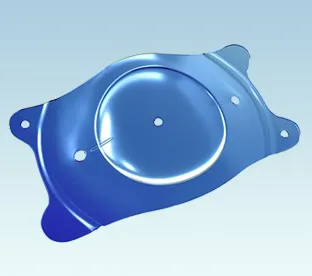
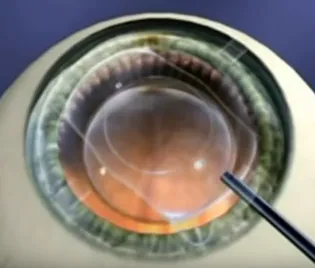
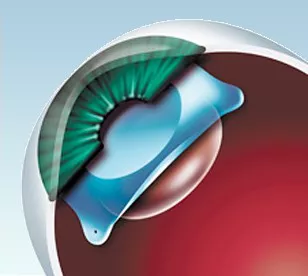
4. Clear Lens Extraction (Refractive Lens Exchange) with Negative Intraocular Lens Implantation
Clear Lens Extraction (CLE) with Negative Intraocular Lens (IOL) implantation is a surgical procedure that removes the eye's clear, natural lens and replaces it with an artificial lens that provides a corrective power to restore clear vision. This procedure is a type of Refractive Lens Exchange (RLE), primarily used to correct significant refractive errors like high myopia (nearsightedness) that cannot be effectively treated by laser eye surgery. A negative IOL is specifically chosen to correct nearsightedness by effectively acting as a corrective lens.
What are the benefits of CLE?
- Reduced or Eliminated Glasses: The primary goal is to significantly improve vision, often reducing or eliminating the need for glasses or contact lenses for daily activities.
- Improved Visual Quality: It provides a high-quality vision outcome, especially when compared to laser surgery for individuals with high refractive errors.
- Permanent Correction: The implanted IOL is a lifelong solution.
What are the risks of CLE?
- Retinal Detachment: High myopia is an independent risk factor for retinal detachment, a potential complication that is carefully evaluated before and after the surgery.
- Posterior Capsule Opacification: While the IOL prevents cataracts, the back membrane of the capsule can sometimes become cloudy over time, which may require a secondary procedure.
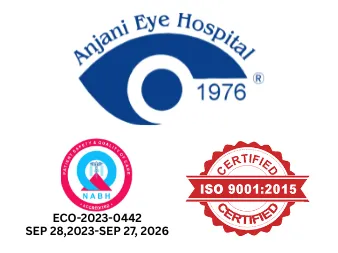
Contact
Address: 20, Farmland, Central Bazar Road, Near Lokmat Square, New Ramdaspeth, Nagpur – 440010, Maharashtra, India. Phone:+91 712 2425 839/2425 869/2425 899 For Appointment:+91 78755 20005 WhatsApp:+91 78755 10002 Email:anjanieyehospital1976@gmail.com Hospital Working Hours: 7:30 AM – 5:30 PM (Monday to Friday) 7:30 AM – 3:30 PM (Saturday) Sunday Closed
Copyright © 2025. All rights reserved. Built by SHOUT IN & OUT
Privacy Policy
